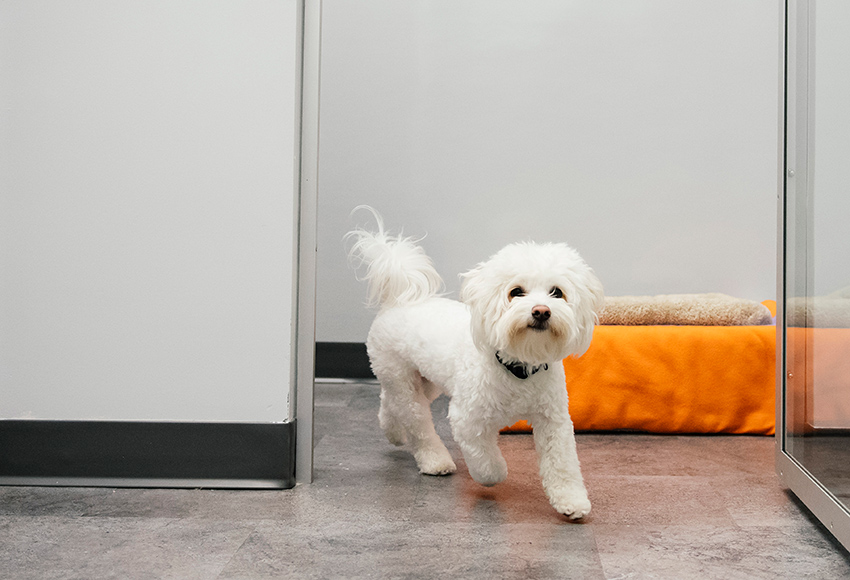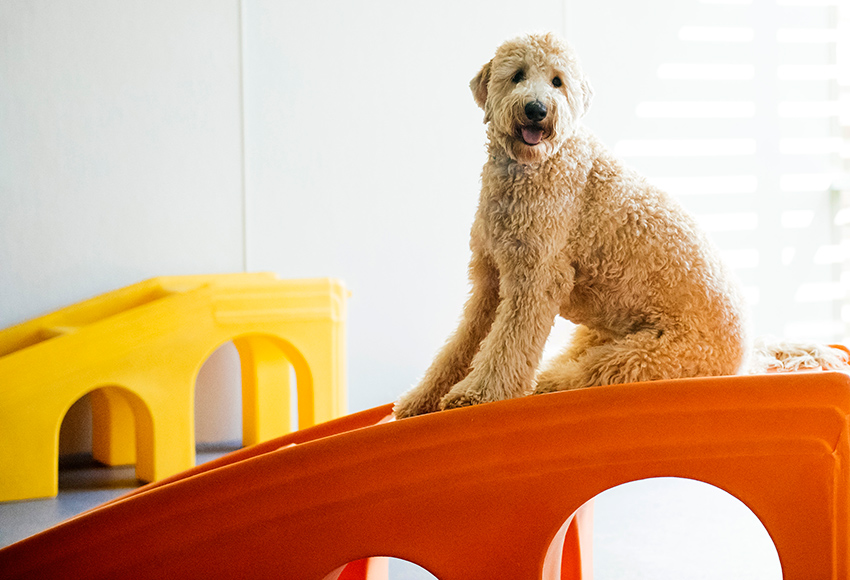How to crate train your puppy

By: Mitch Orr, Dog Trainer
Your new puppy has arrived home and one of the questions you should be asking yourself is should you use a crate in your home. The answer should be an overwhelming yes!
Why Crates Are Great
There are so many benefits to crate training that everyone should consider using one. Some people believe that crate training is cruel however there is no truth to this. Even if your puppy seems unsure of the crate initially, there are ways to train your pup so they will love it.
Dogs are den animals by nature and the crate can actually be a place of comfort and security for them. All the dogs I’ve had would use the crate on their own. Using a crate can help with housebreaking and preventing your puppy from getting into mischief.
Types of Crates
The type of crate I recommend for house training purposes and general use is a plastic crate. This crate is easier for clean up if an accident happens. At first you may need to block off part of the crate to assist with housebreaking. The puppy should have enough room to stand, turn around and lie down. If you leave too much room in the crate the puppy may spoil at one end and sleep at the other. No puppy wants to lie in their own mess.

You could also consider a second crate, namely a wire type which allows the puppy greater visibility and awareness of their surroundings. I use this crate for brief periods of time when I need to do something and don’t have time to monitor the puppy (monitor them at first to make sure they are not going to chew the wire).
How to Start
To get your puppy accustomed to the crate I begin by throwing food into the crate while leaving the door open. I allow the puppy out at will and repeat the process. If the puppy is really unsure about getting into a crate you may use the bottom half of the plastic crate only at first (keeping the top off). This allows the puppy to feel less enclosed. Once the puppy understands the concept and is readily going into the crate you can add a command such as “kennel up” then toss the food into the crate. To keep the puppy in longer I throw food into the crate while the puppy is still inside. Release the puppy with an “okay” command allowing them to come out.
The next step is make slight pauses between your food rewards while the puppy is still in the crate. Slowly add more time between the food rewards. At this point you can close the door for a second opening it again immediately rewarding the puppy while he is still in the crate to prevent them from barging out, say your release command and allow them out. If the puppy tries to barg out just shut the door until it stops and waits even if just for a few seconds. You can feed your puppy through the closed door to get him comfortable with the idea. You may also want to consider feeding the puppy right in the crate (using a bowl) for a short time.
You should now have a basic idea on how to crate train your puppy. For further information contact a trainer at Dogtopia. Happy training!






